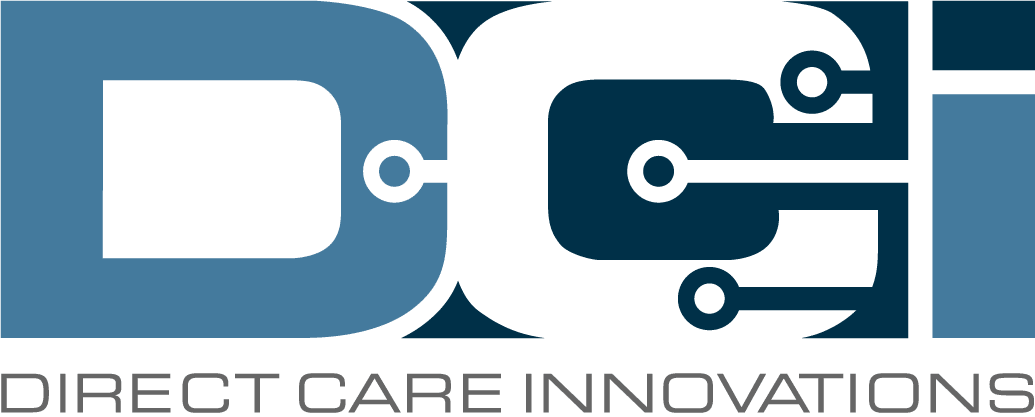The Unique Technology Challenges of HCBS
Home and Community-Based Services is on the rise, creating unique technology challenges.
No one wants to feel trapped by the very thing created to support them. However, the implementation of the 21st Century Cures Act may do just that, for both the caregivers and the individuals receiving care. Do you have the right technology in place for your Home and Community-Based Services?
Some History
HCBS grew 10% in 2016. In other words, more individuals with disabilities are choosing services that allow them to enjoy the comfort of their own homes and/or explore the community around them instead of being limited to receive services is one location. And that number is only going up.
As awareness surrounding developmental disabilities increases, provider agencies realize the importance of less restrictive support models. HCBS offer the most amount of choice, inclusion, and independence for the person being served. Self-directed services are also on the rise, with more and more individuals choosing how their care is managed. However, this service model brings unique technology challenges.
For Caregivers
You need technology that allows caregivers to do the following from any place at any time:
- Track their time – This may seem obvious, by not all solutions do this. Does yours?
- Communicate – Working as a caregiver can feel incredibly isolating at times. Is your employee empowered with an easy (+HIPAA friendly) way to communicate with other caregivers, service coordinators, or anyone in the individual’s support circle?
- Take shift notes – Your employee is probably not going to bring a notebook to the bowling alley. So what if they want to/need to take notes during their shift?
- See their schedule – In HCBS, schedules are usually designed based on the activities the individual receiving services wants to do. However, that can become incredibly confusing for the caregivers. Do they have a way to see their schedule on the go?
For Individuals
You need technology that allows individuals to do the following from any place at any time:
- Communicate – Creating a system for individuals receiving services to communicate with their caregivers, services coordinators, and support system is already challenging enough. Don’t let technology make it harder.
- View their schedules for support – Everyone forgets sometimes. But what if you have a client that constantly forgets about their services? Give them an easier way to see their schedule.
- Request services – Things come up last minute. Does the individual receiving services have a way to request services on the go?
- Verify the care they’re receiving – Technology that allows the individuals receiving care to be a part of the verification process may relieve some of the stress off you agency when The 21st Century Cures Act goes into effect.
EVV Requirements
The 21st Century Cures Act has added even more challenges to the long list above.
Your EVV solution must capture the following for every shift:
- Date
- Time
- Location
- Caregiver
- Person Served
- Service Provided
Don’t let these technology challenges hold you back. Many technology solutions, such as DCI, offer a mobile app that is designed to overcome these challenges. With DCI’s mobile app, caregivers and individuals can complete all of the necessary tasks on the go, individuals maintain autonomy and choice of how their services are managed, and all required EVV elements can be captured with every time entry.

